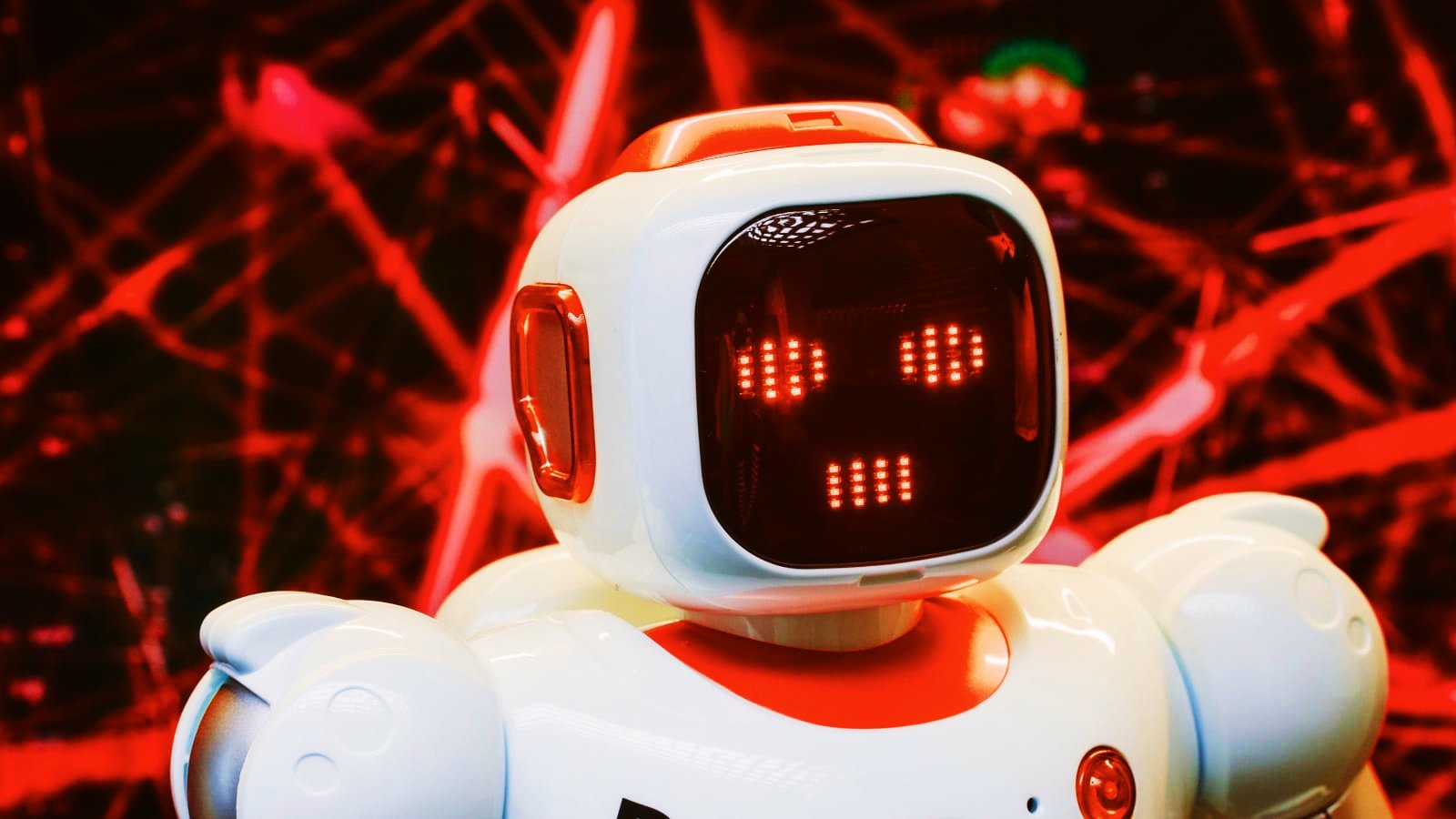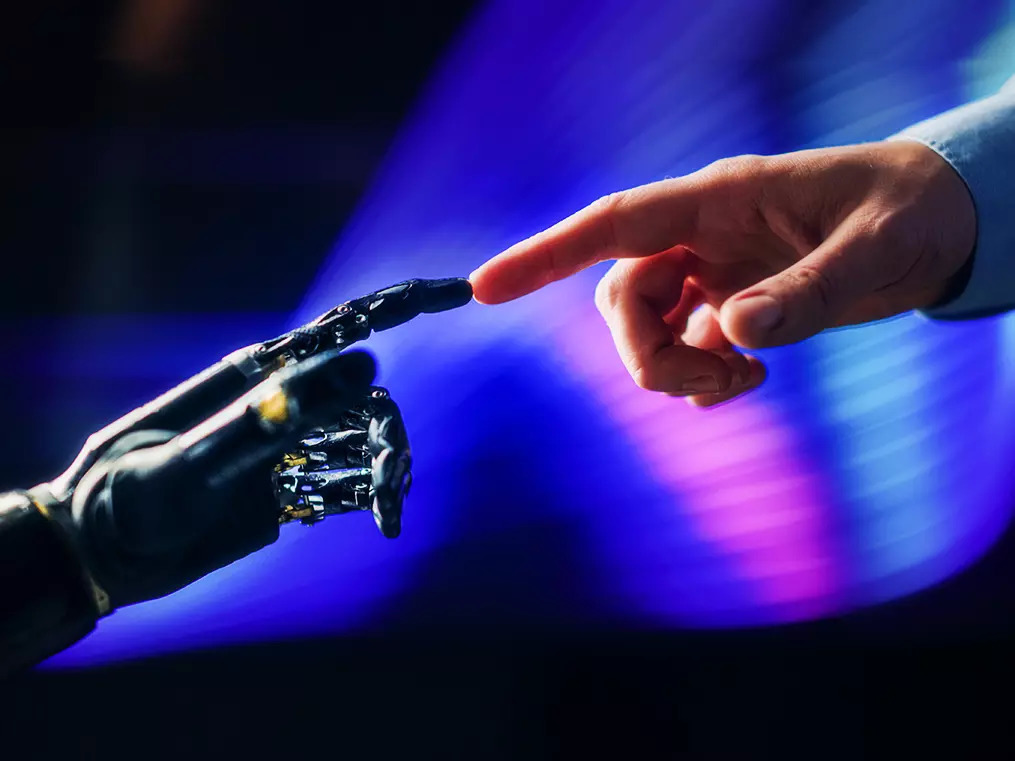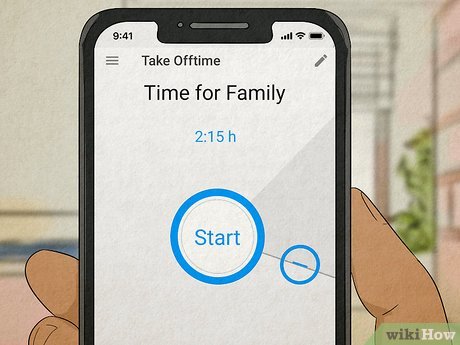Yes, chatbots are a threat to human jobs.
There’s no question that Chatbot technology is rapidly evolving. And as it does, there’s growing concern about its potential impact on jobs. Can chatbots really replace human workers?
The short answer is: it depends. In some cases, chatbots can do a great job of taking over routine tasks and freeing up humans to do more interesting work. But in other cases, chatbots are no match for human skills and experience.
So which kind of jobs are most at risk of being replaced by chatbots? Here are a few examples:
1. Customer service representatives: Chatbots are already starting to handle basic customer service inquiries, such as resetting passwords or providing account information.
As they become more sophisticated, they’ll be able to handle more complex issues as well.
2. Salespeople: Chatbots can provide recommendations and help customers find the right product or service for their needs. They can also close sales without the need for human interaction.
3. Recruiters: With their ability to communicate with large numbers of people simultaneously, chatbots could be used to screen candidates and identify those who are the best fit for a job opening.
These are just a few examples of the kinds of jobs that could be replaced by chatbots in the future.
AI: Are jobs at risk with ChatGPT?
What is Chat Gpt Used For?
Chat GPT is a natural language processing tool that can be used to generate text responses in chat conversations. It is trained on a large corpus of dialogue data and can produce responses that are relevant to the context of the conversation.
How Will Robots Affect Human Employment?
The future of work is increasingly becoming a topic of contention. Will there be enough jobs for everyone? And what will those jobs look like?
These are some of the questions at the forefront of many people’s minds as technological advances continue to transform our world. One area that is particularly ripe for change is the role of robots in the workforce.
There is no doubt that robots are becoming more advanced and capable, and they are already starting to take on some roles traditionally performed by humans.
For example, robots are now being used for tasks such as warehouse order picking and agricultural harvesting. As their capabilities continue to increase, it’s likely that robots will increasingly replace humans in many jobs across a range of industries.
This raises some important questions about the future of employment.
How many jobs will be lost to robots? And what types of jobs are most at risk?
It’s difficult to predict exactly how many jobs will be replaced by robots in the future.
However, a recent study by McKinsey found that up to 30% of jobs in the United States could be automated by 2030. This suggests that millions of Americans could lose their jobs to robots over the next decade or so.
So which types of jobs are most at risk from automation?
The study found that occupations involving physical labor, simple repetitive tasks, and data collection are most susceptible to automation. This includes roles such as factory workers, cashiers, and data entry clerks. In contrast, occupations requiring creative thinking or personal interaction are less likely to be automated in the near future.
Of course, just because a job can be automated doesn’t mean it necessarily will be. There may be political or economic reasons why certain occupations remain safe from automation (at least for now). Nevertheless, it’s clear that robotics technology is poses a major threat to human employment in the coming years.
Is Chat Gpt Free?
Yes, Chat GPT is free. You can sign up for an account and start using the service immediately. There are no hidden fees or charges, and you can use all of the features without paying anything.
How is Chat Gpt Trained?
GPT-3 is a neural network that is trained using a method called self-supervised learning. This means that the training data for GPT-3 is generated by algorithms, not by human annotation.
The specific algorithm used to train GPT-3 is a variant of Transformer, which is a type of neural network that can learn to represent text (or any other sequential data) in a high-dimensional space.
Transformer models are typically trained on large amounts of data; for example, the GPT-2 model was trained on 8 million web pages.
Self-supervised learning has several advantages over traditional supervised learning methods:
1. Self-supervised learning can use much larger training datasets than supervised learning, since there is no need to label the data manually.
This allows the model to learn from more diverse and realistic data, which leads to better performance on downstream tasks.
2. Self-supervised learning can be parallelized more easily than supervised learning, since there is no need to wait for humans to label the data. This makes it possible to train very large models quickly.
3. Self-supervised learning does not require humans to provide labels for the training data; instead, the labels are generated automatically by algorithms.

Credit: www.bleepingcomputer.com
Part Time Work near Me
If you’re looking for part-time work near you, there are a few things to keep in mind. First, consider the type of work you’re interested in and your skillset. Are you looking for a retail job, or something more customer service oriented?
Once you know what kind of job you’re looking for, use job search engines and websites to help narrow down your search.
Another thing to keep in mind is your schedule. If you’re only available to work certain hours or days, be sure to include that information in your search.
You can also use filters on many job sites to only see part-time jobs that fit your schedule. Finally, don’t forget to check with businesses directly – many times they’ll have part-time positions that aren’t listed online!
Jobs With Housing Included
There are many jobs that come with housing included. Some of these positions are live-in nannies or au pairs, missionaries, AuSomes, resident advisors in college dormitories, camp counselors, and more. Others include working at a national park, some cruise ships, and research stations.
The most common type of job that includes housing is probably the AuPair position. In this job, you live with a host family and take care of their children in exchange for room and board plus a small stipend. This can be a great way to travel and see new places while also getting paid to do something you love (if you like kids).
Other jobs that come with housing might not be as glamorous as being an AuPair but they offer other benefits. For example, working at a national park lets you explore beautiful natural scenery on your days off while still getting paid. And if you’re looking for an adventure, working on a cruise ship can take you all around the world while providing free food and lodging.
So if you’re looking for a job that comes with housing included, there are many options available to suit your needs and interests. Do some research to find the perfect fit for you!
Conclusion
The rise of Chatbot technology has led to concerns that chatbots may eventually replace human jobs. However, a new study by Gartner suggests that chatbots are more likely to complement and augment human work, rather than replace it.
According to the study, only 5% of jobs will be fully automated by 2030.
In contrast, 61% of jobs will have some elements of automation, while 34% will remain unchanged. The study also found that low-skill workers are more likely to be replaced by chatbots than high-skill workers.
Overall, the study suggests that chatbots are not a threat to human jobs but could actually help to create new job opportunities.



